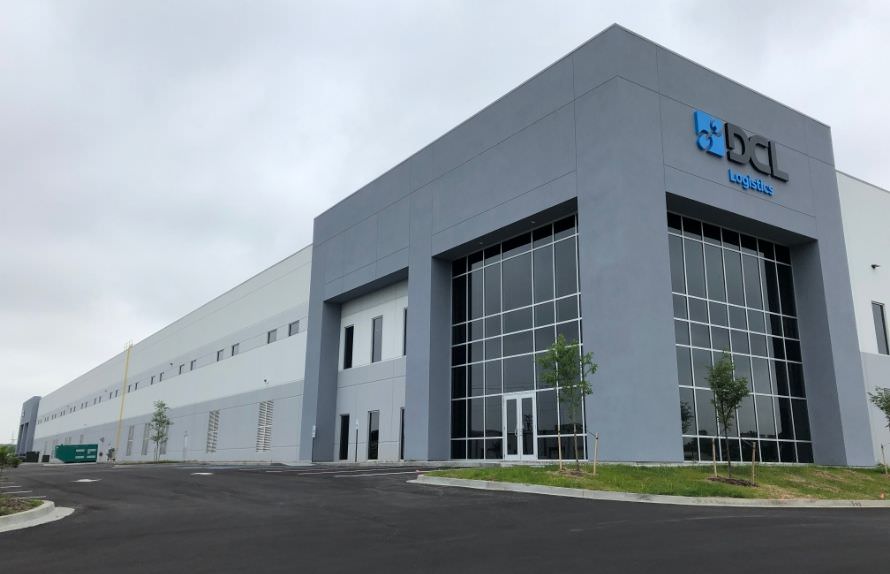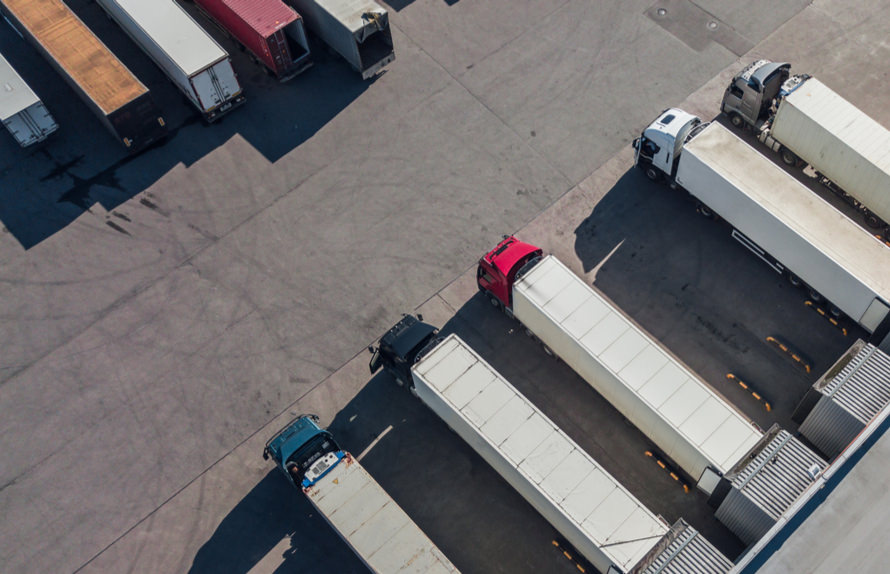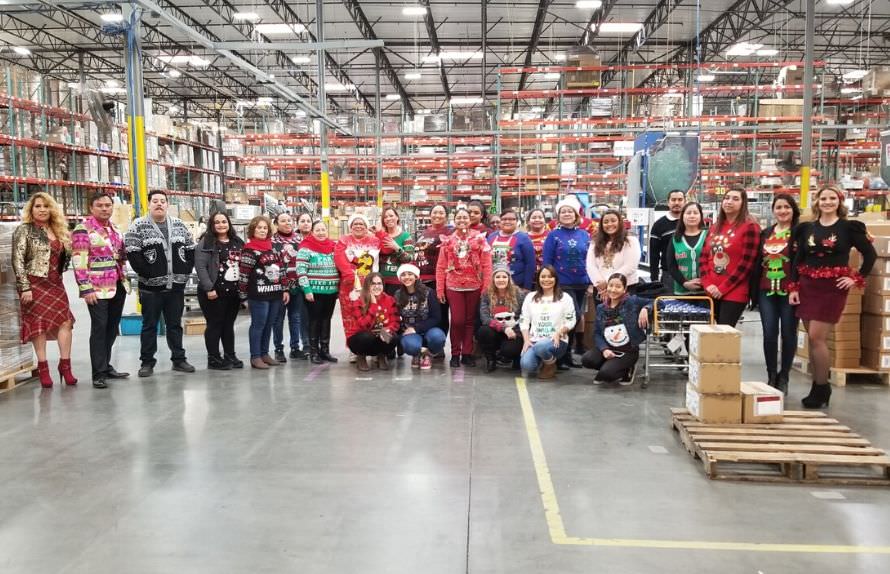
Cargo theft isn’t new—but reports show it has increased in the past few years, with tactics becoming more sophisticated, organized, and costly. As ecommerce continues to accelerate, the logistics ecosystem has become both more connected and more vulnerable.
Understanding emerging cargo theft trends—and how to stay ahead of them—is critical for every brand. For companies relying on third-party logistics (3PL) providers, that means partnering with logistics teams who treat security as a shared responsibility, helping protect not just your products, but also your profits and your customers’ trust.
What Is Cargo Theft?
Cargo theft refers to the illegal taking of goods during transit or storage, whether through physical theft, deception, or digital manipulation. Traditionally, it might have meant a stolen trailer from a parking lot. Today, it can involve fraudulent pickups, cyber-enabled data breaches, and impersonation of legitimate carriers.
Today, cargo theft extends beyond the physical theft of trucks or trailers—it increasingly involves stolen identities, stolen data, and operational access within the supply chain.

2025 Trends: Cargo Theft by the Numbers
Recent data points to an uptick in cargo theft. In the second quarter of 2025 alone, nearly 900 theft incidents were reported across the US and Canada—a 13% increase year-over-year, with estimated losses exceeding $128 million.
This continues an upward trend from 2024, when theft incidents jumped 27%, with total annual losses surpassing $35 billion. The average value of a stolen load? Around $200,000, and climbing.
The takeaway? As supply chains grow more complex, so do the risks. Criminal groups are organized, tech-enabled, and often cross state or even national borders. Without strong countermeasures, analysts predict cargo theft could rise another 22% by the end of 2025.
How Cargo Theft Is Evolving
Today’s cargo thieves don’t always need bolt cutters—they need a laptop, a login, or a fake ID. Here are the main trends shaping this surge:
- Strategic or “deceptive” theft: Criminals pose as legitimate carriers or logistics companies, presenting convincing documents and credentials. These fraudulent pickups allow them to take entire shipments without any forced entry.
- Cyber-enabled theft: With growing digital integration in logistics, hackers are gaining access to shipment data, intercepting routes, or rerouting loads entirely.
- Targeted commodities: Thieves are focusing on goods with high resale value and liquidity—electronics, consumer goods, and especially metals, which have seen theft rates almost double year-over-year.
- Sophisticated operations: Many thefts are part of organized criminal enterprises. These groups are resourceful, technologically skilled, and well-versed in logistics—making them hard to catch and harder to deter.
Why This Matters for Ecommerce Brands
For ecommerce companies, cargo theft doesn’t just mean lost inventory—it means broken promises. Delays, shortages, and reputational damage can erode customer loyalty quickly. And because modern theft increasingly happens through deception, even insured losses can create costly operational chaos.
That’s why your supply chain partners, especially your 3PL or fulfillment provider, should approach security proactively. Supply chain security isn’t a static thing, it’s not just a checkbox, in today’s marketing it’s a competitive advantage.
What to Expect from a Security-Minded 3PL
The best 3PLs aren’t waiting for problems to happen. They’re redesigning processes, investing in technology, and building layered defenses against evolving threats. Here’s what you should look for:
1. Rigorous Facility and Perimeter Security
A secure warehouse isn’t just about locks and gates—it’s about visibility and verification. Look for 3PLs that maintain fully enclosed facilities, controlled access points, and 24/7 surveillance systems supported by motion sensors, alarms, and professional monitoring.
The goal is deterrence and detection. A partner that invests in visible, proactive security measures signals they take your brand protection seriously.
2. Strong Driver and Carrier Verification
One of the most effective ways to prevent deceptive theft is through tight pickup verification protocols. Security-first 3PLs require:
- Photo ID verification for all drivers upon check-in.
- Confirmation of order, PO, or load numbers before releasing freight.
- Matching carrier details against the Bill of Lading (BOL) to prevent impersonation or double brokering.
These may sound like small steps, but together they close major gaps that thieves exploit.
3. Technology-Driven Visibility
In an era of sophisticated theft, real-time visibility is non-negotiable. Leading 3PLs are leveraging tools like GPS tracking, digital seals, and connected monitoring systems to ensure that every shipment’s location and condition can be verified instantly.
For brands, this means fewer “blind spots” in the supply chain—and faster response times if something looks suspicious.
4. Data Integrity and Cybersecurity
As theft becomes more digital, so must the defenses. Your 3PL should have robust cybersecurity policies, encrypted systems for handling shipment data, and secure communication channels for carrier coordination. Avoid partners who rely on unsecured chat boards or email threads to dispatch sensitive load information.
5. Insurance and Risk Transparency
With theft values increasing, insurance coverage is a critical layer of protection. Your 3PL should clearly outline what’s covered, what’s excluded, and how claims are handled. Even more importantly, they should help you assess your own exposure and recommend adjustments as risks evolve.
6. Continuous Monitoring and Reporting
Security shouldn’t be static, it needs to dynamically adapt to threats, vulnerabilities, and new theft tactics. Strong logistics partners implement daily or nightly reporting cadences that track carrier issues, shipment anomalies, and unresolved loads left on the dock. This provides real-time transparency and accountability across your fulfillment network.
The Future of Cargo Security
As funding pours into logistics security and tracking innovation, new solutions are emerging rapidly, including smarter IoT devices and AI-driven risk analytics. The brands that have a proactive stance on implementing these, or choose partners who prioritize this, will ultimately be in a better position.
Your 3PL should treat security as a core capability, not just an in-line cost or singular action to be implemented. And in a market where every delivery shapes a customer’s trust, that distinction matters more than ever.
Bottom Line
Cargo theft is becoming more strategic, digital, and expensive. For ecommerce brands, security is often last on their list of things to consider, but reactive decisions can lead to big losses. There is no best time to ensure cargo theft is a non-issue. Partnering with the right 3PL and supply chain providers can transform it from an operational threat into a managed risk.










